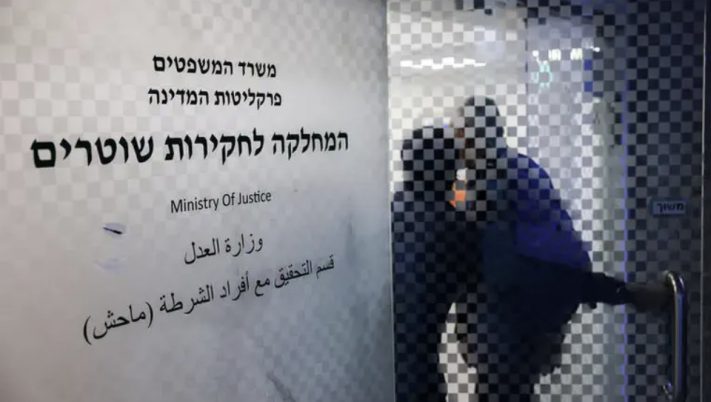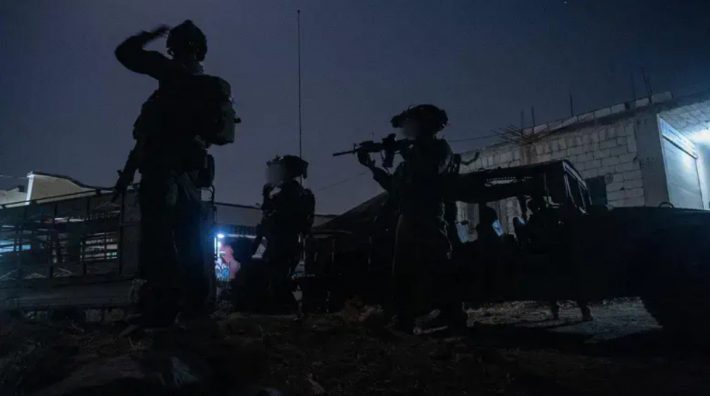Revolutionary Guards station advanced missile systems on three key islands in the Gulf, claim they can strike “enemy bases, vessels, and assets” in the region.
Iran’s Islamic Revolutionary Guard Corps (IRGC) stationed advanced missile systems on three key islands in the Gulf, claiming they can strike “enemy bases, vessels, and assets” in the region, AFP reported on Saturday, citing Iranian state media.
The weapons were deployed on Greater Tunb, Lesser Tunb, and Abu Musa, near the strategically vital Strait of Hormuz, a major global shipping route.
The IRGC recently conducted military exercises in the area, underscoring its growing presence in the Gulf.
“We have a tactic that we must arm” the island group “and make it operative,” said Alireza Tangsiri, naval commander of the IRGC, according to AFP.
“We are capable of attacking enemy bases, vessels, and assets in the region,” he told state television.
According to Iranian officials, the new missile systems can “completely destroy any target within 600 kilometers.”
Saturday’s announcement comes as Iran prepares to respond to a letter from U.S. President Donald Trump, which calls for renewed nuclear talks while warning of potential military action if Tehran refuses to engage.
Iran often touts its military accomplishments, though it is often difficult to verify the veracity of its claims.
Earlier this year, Iran unveiled a new ballistic missile, claiming it has a range of 1,700 kilometers. The missile, named Etemad—meaning “trust” in Persian—was showcased at a ceremony in Tehran attended by President Masoud Pezeshkian.
The unveiling came just one day after Iran’s Revolutionary Guards Navy revealed a new underground missile facility along the country’s southern coast.
The facility, whose exact location was not disclosed, houses missile systems stored “hundreds of meters underground” and capable of being deployed swiftly, claimed Iranian media.
Last month, Iran unveiled its first drone-carrier warship, claiming the vessel can operate far from its shores.
Saturday’s announcement comes as Iran prepares to respond to a letter from US President Donald Trump, which calls for renewed nuclear talks while warning of potential military action if Tehran refuses to engage.
While Supreme Leader Ayatollah Ali Khamenei dismissed the letter last week, calling it deceptive and warning that Trump’s demands would “tighten the knot of sanctions and increase pressure on Iran,” Iran’s Foreign Minister Abbas Araqchi later indicated that Tehran is still evaluating its response.
“Trump’s letter was more a threat, but it claims to have opportunities. We paid attention to all points held in the letter and will consider both threat and opportunity in our response,” Araqchi stated. “There is an opportunity behind every menace.”
Axios reported on Wednesday that Trump’s letter included a two-month deadline for Iran to reach an agreement or face harsher sanctions as part of Washington’s renewed “maximum pressure” campaign. Iran has expanded its nuclear activities in recent years, following the decision by Trump, in his first term in office, to withdraw from the 2015 nuclear deal signed between Iran and world powers.
In its latest step to advance its nuclear program, Iran recently informed the IAEA of its intention to “significantly increase” its production of uranium enriched up to 60 percent.





